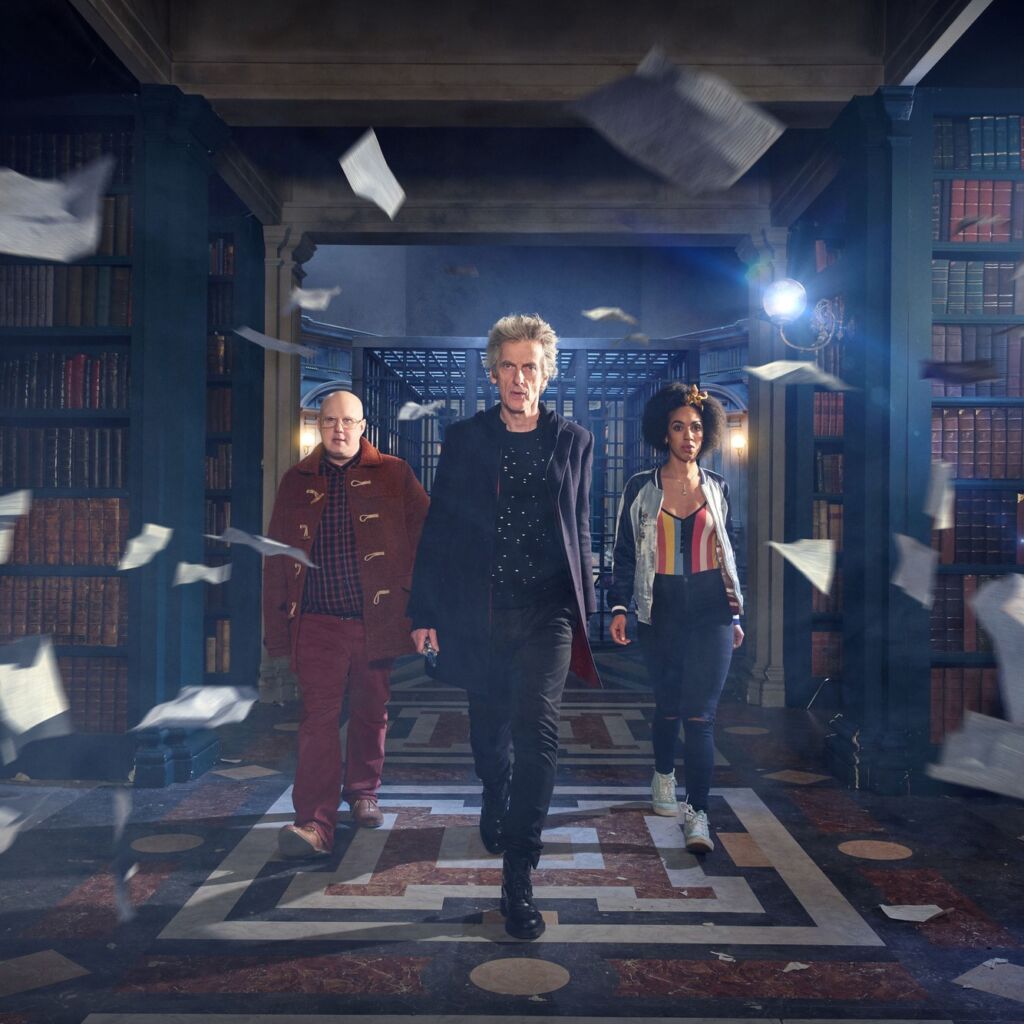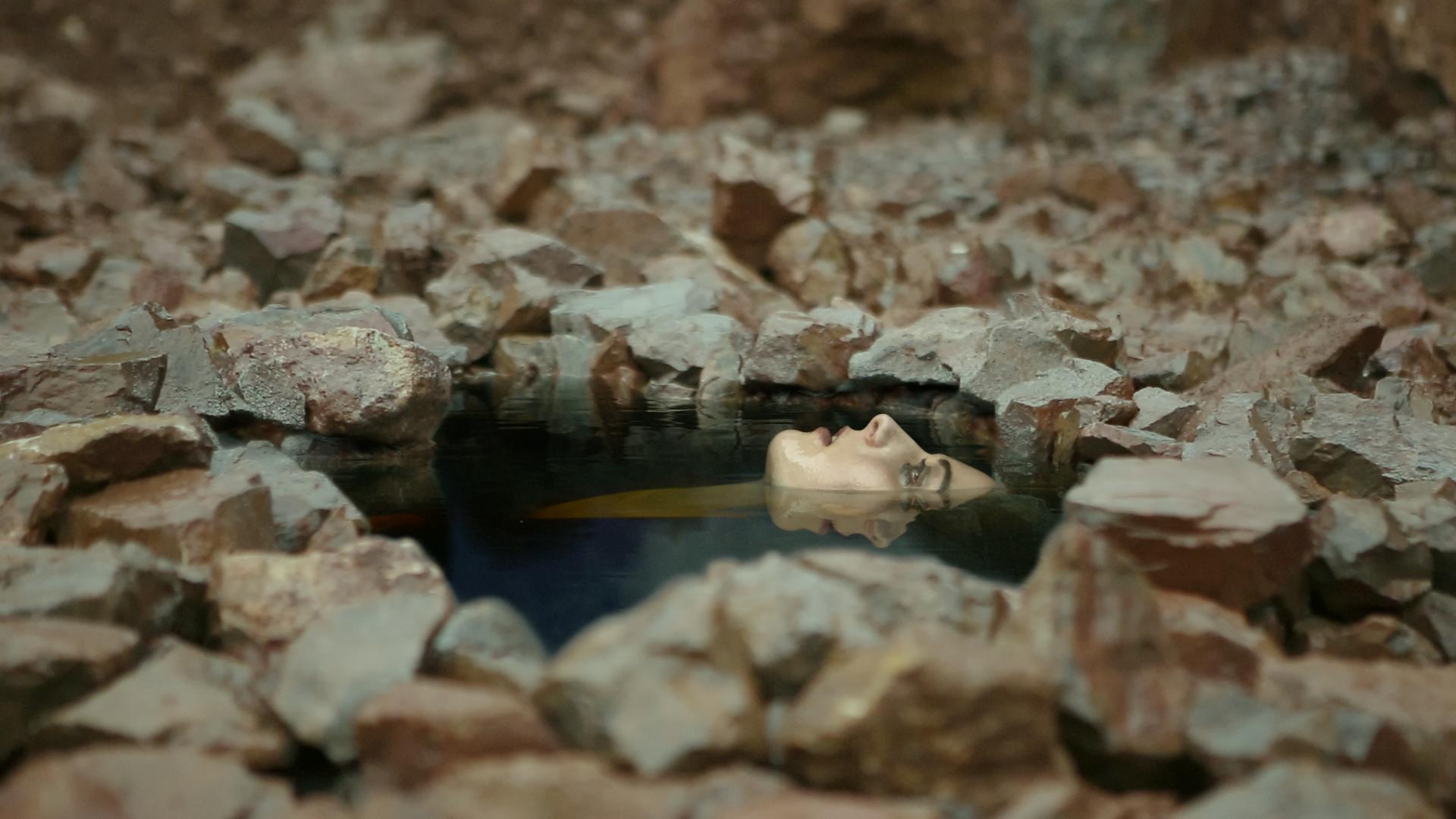Milk created digital visual effects for series ten of the BBC’s Doctor Who, in which the Peter Capaldi’s Doctor is joined by exuberant new side-kick Bill and previous companion Nardole.
Milk created a range of VFX work to support the dramatic storyline, from full CG creatures, 3D water simulations, swarm simulations, to DMP set extensions, environments and 2D work. Milk’s Doctor Who team produced approximately 800 VFX shots. The BBC Wales Graphics team also completed an additional number of Supporting 2D shots.
Details of key shots and scenes created
Episode 1: “The Pilot”
Water effects
Milk created all of the water effects for Heather’s creepy appearances. We animated a digi-double of Heather coming up from the floor – to then match up with the actress’s actual position in shot. Our effects team used the animation to create the water simulation and our 2D team then transitioned between our water effects version and the real Heather.
Bill visits lots of new, exciting places with the Doctor, which gave us the opportunity to create environments ranging from Sydney to alien planets and a ‘Time Vortex’ whirlpool at the end of the episode, through which Heather shows Bill the universe.
Some of the most effective shots are the simplest. In the sequence in which the actress playing Heather was shot in a water tank – she managed to keep her eyes open underwater while staring directly at the camera. We took that footage and composited her into a puddle on an alien planet for a really creepy shot.
Melting Dalek
Towards the end of episode one Heather takes the shape of a Dalek which then turns to water and collapses. This required additional water simulation.
Episode 2: “Smile”
We were required to create flying swarms of tiny robots (Vardies) that moved like a mass of flocking birds, or a ‘murmuration’. This was achieved by using crowd simulation avoidance techniques whilst the particles attempted to follow noise patterns and animated targets.
This episode was shot on location at the Valencia Science Museum and Milk created a city environment that incorporated CG versions of the real buildings combined with a plate where the Tardis lands on the alien planet.
Episode 3: “Thin Ice”
Victorian London
For the ‘frost fair’ scenes the BBC created some amazing sets recreating the frozen Thames. Milk added DMP set extensions, additional buildings and depth to the river. A few shots of the Doctor where filmed entirely on green screen and we created DMP that tied in with the set built in the studio, elements of Victorian extras and fires were then added by the compositing team.
Giant CG fish
Milk concepted and built the giant ‘fish serpent’ that lives under the Thames. Its colour and texture were chosen to help it stand out in the murky green Thames. Other fish were also built to swim around the giant fish, these had to match those built on set.
When the fish is freed at the end of the episode and swims off down the Thames it was challenging to create the water simulation. The fish’s enormous size would have meant that in reality its movements would have caused a tsunami! We therefore had to balance the reality of physics with the story in which the fish escapes and merely splashes the Doctor and Bill.
Underwater shots
A large sequence was shot on green screen with Bill and the Doctor in Diving suits. Our compositing team then applied a ‘dry for wet’ set up to make it appear that they are underwater. Milk created a full CG shot of barrels exploding, which was part of the Doctor’s plan to free the giant fish. Barrels where modeled and the effects team blew them up and created a under water explosion simulation.
Episode 4: “Knock Knock”
Milk created concepts for and built the ‘louse’ creature which infests the house and is controlled by the landlord. In some shots we animated the louse when specific movements were required, for example when the louse crawls out of Eliza’s mouth. In shots where hoards of lice swarmed over the kitchen or characters, we created effects simulations.
Creating a natural looking but controllable behaviour for thousands of lice was a fun challenge for our effects team. Some shots were about the sheer quantity of creatures pouring from the walls, whilst in other shots they had to cover a moving character or collapse into a pile. Each type of behaviour and when to change between behaviours had to be carefully defined in order for the swarm to tell the story and look believable.
Episode 6: “Extremis”
A big moment in this episode saw the vault emerge from under water. This required us to create a water simulation with detailed and believable interaction with the live action environment.
Episodes 7/8: “The Pyramid at the end of the world”
& “The lie of the land”
In episodes 7 and 8 we built an ancient pyramid in cinema 4D, to be placed in plates shot on location in Tenerife and Cardiff. We had to match this with the small portion of the location set that was built for the pyramid entrance, to ensure a seamless blend between the two.
In episode seven we were also required to create an ashy looking disintegration effect when people are killed by the monks. Accurate body tracks of the live action were created and filled with particles that could crumble away when activated and then turned to smoke. The live action was projected back onto the particles to help the blend from actor to dusty ash.
In episode eight we needed to create a large prison ship in an ocean environment. In the live action shots we had to match the ocean surface in order to create the correct reflections, whilst the final shot of the ship was fully CG. In this shot the ship was moving towards camera at speed, and required a wavy ocean surface with detailed bow wake, along with a smoke simulation for the parting fog.
A further shot that was a significant challenge for the effects team occurred at the end of the episode when the pyramid took off. This required us to create large plumes of dust and particles streaming from the sides of the pyramid as it rose into the air, along with rigid body simulations for loose rocks and debris.
Episode 10: “The Eaters Of Light”
In the eater of light we concepted and built the ‘light eater’ creature: A monster from another dimension with tendrils that protrude from its mouth to suck the light out of humans. The light eater was rendered with multiple passes that gave our compositing team control over the creature’s glowing pattern so that it could intensify at pivotal points of the episode.
Episode 11: “World Enough And Time”
400-mile long CG spaceship
For episode 11 Milk was tasked with designing and building a 400 mile long spaceship. It was important to demonstrate the vast size of this spaceship. We therefore added numerous tiny lights to give it the feel of the Death Star in Star Wars. We also added asteroids whizzing past to impart a sense of scale. In some shots, which go close up to the spaceship so that we can see in through its windows, we were required to add in elements of the worlds that populate the spaceship. To achieve this we used a mix of our 3D city asset (which was also seen when Bill looks out of the hospital window) for one window interior and drone shots for the other two.
Bill’s Chest wound
We were briefed to create the large hole blasted through Bill’s chest by the Cybermen. Actress Pearl Mackie had a green circle attached to her costume so that we could replace it with a hole through which the audience needed to be able to see the wall behind her!
Bill as a Cyberman
This episode comes to a dramatic conclusion with the reveal of Bill as a Cyberman. We were required to emphasise the moment by adding a tear on both Bill’s face and the mask she was wearing. This was achieved with a carefully choreographed water simulation with lots of attention paid to shape and timing.
Episode 12: “The Doctor Falls”
The episode leads up to the Doctor creating a huge “fire storm” explosion in the forest to destroy the Cybermen. This was a complex simulation formed of multiple layers. The initial shockwave has a fiery front that spreads through the trees and triggers a torrent of smaller explosions. As the camera pulls out and the smoke begins to clear, a charred forest of burning tree stumps is revealed. To achieve the best interaction between explosions they were all simulated together, whilst the smaller fires and smoke plumes were simulated individually and rendered in the fully CG environment as instances.
After the Doctor dramatically blows up the Cybermen, he is left in a burnt-out forest environment. This was shot in a combination of locations dressed with ash and damaged trees, green screen and studio plates. We had to create a DMP environment that would work will all three types of plate. In the final compositing stage, smoke and small fires where added into the background to set the scene.
This episode featured many shots of flying Cybermen that required long smoky trails from their rocket boots. We approached this by building a setup that could be applied to the animated characters in a semi-automated manner, with allowances built in for varying speeds of movement and different looks between the older and newer models of Cyberman.
As well as the Cybermen flying between floors of the spaceship, we also see a mid shot of the shuttle bursting through the soil. This required particle and smoke simulations as well as some work in 2D to create the preceding shafts of light.
Shuttle
Not only did we create the huge 400 mile long spaceship we also created the escape shuttle. This had to match the cockpit and interior that was built on set. The sequence cut between shots of Nardole in the cockpit and shots where we added the CG shuttle into the city environment.
- Directors
Bill Anderson, Ed Bazalgette, Lawrence Gough, Daniel Nettheim, Charles Palmer, Rachel Talalay & Wayne Yip - Producers
Peter Bennett & Nikki Wilson - Production Company
BBC - Distributor
BBC - Milk VFX Supervisor
Murray Barber - Milk VFX Producer
Louise Hastings - Release Date
15 April 2017
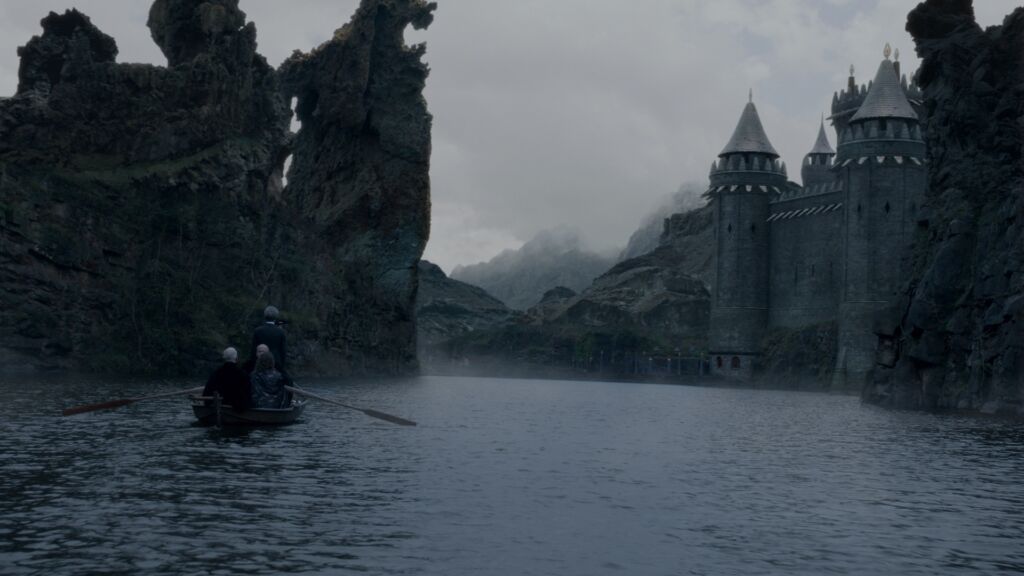
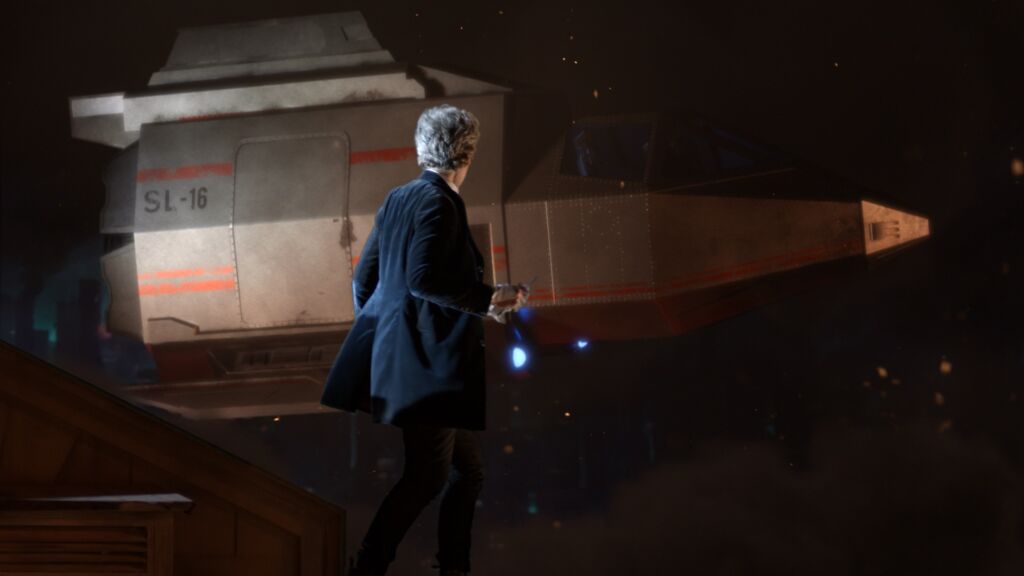
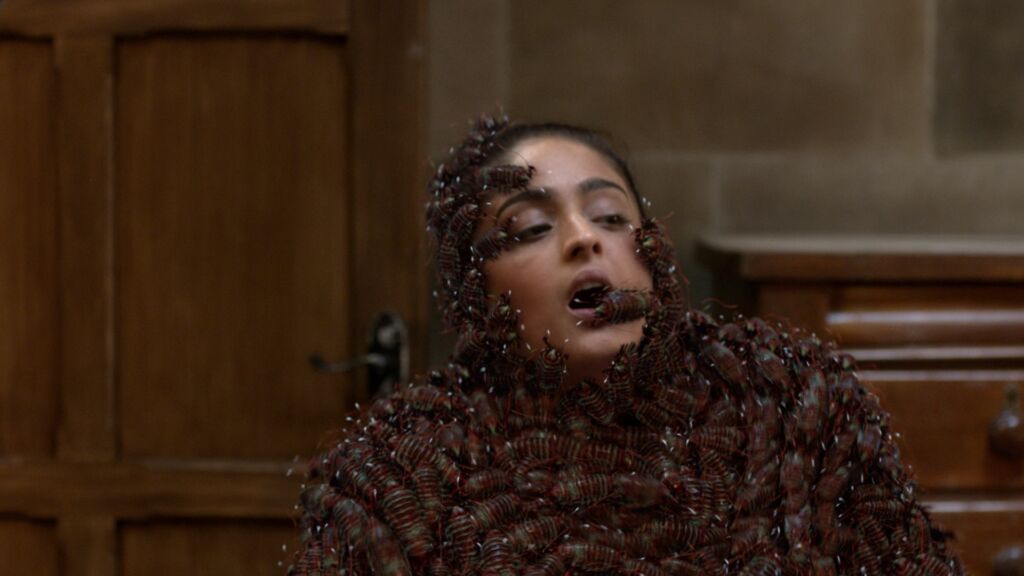

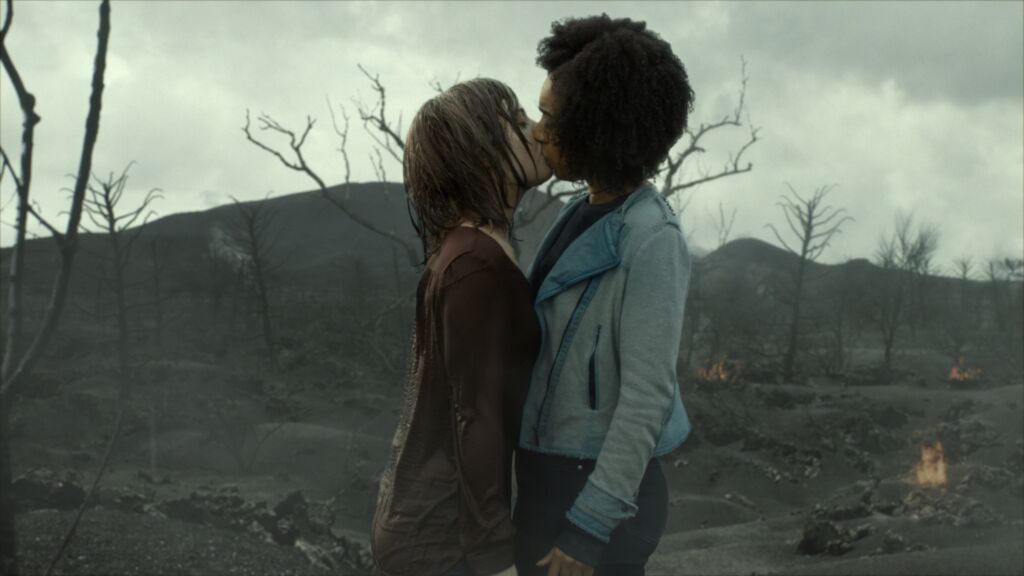
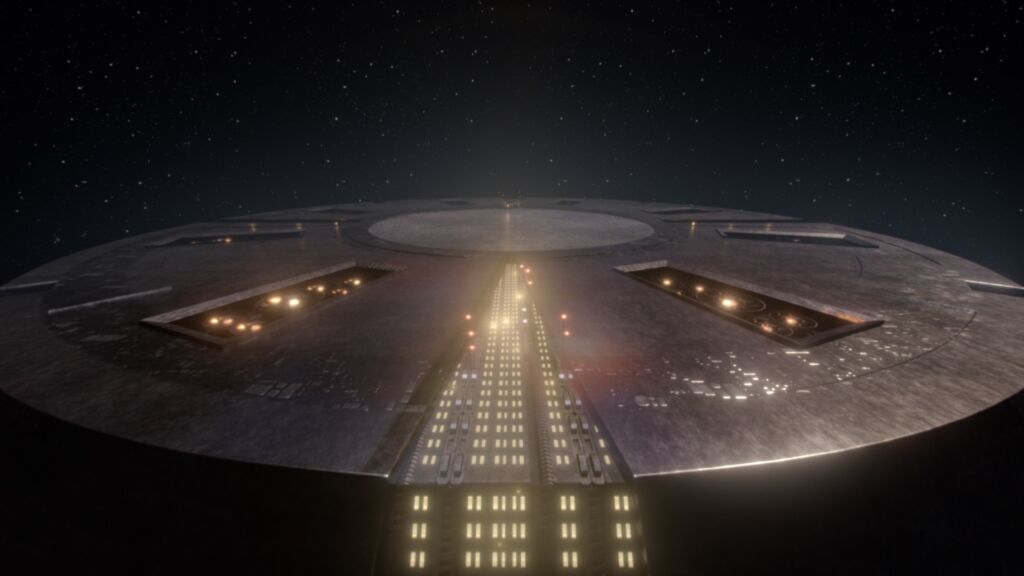
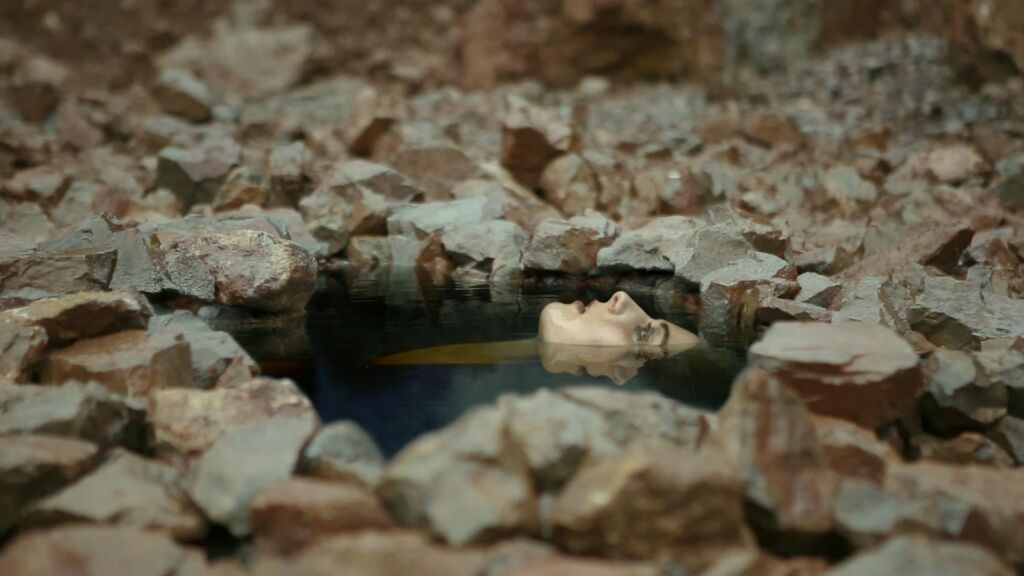
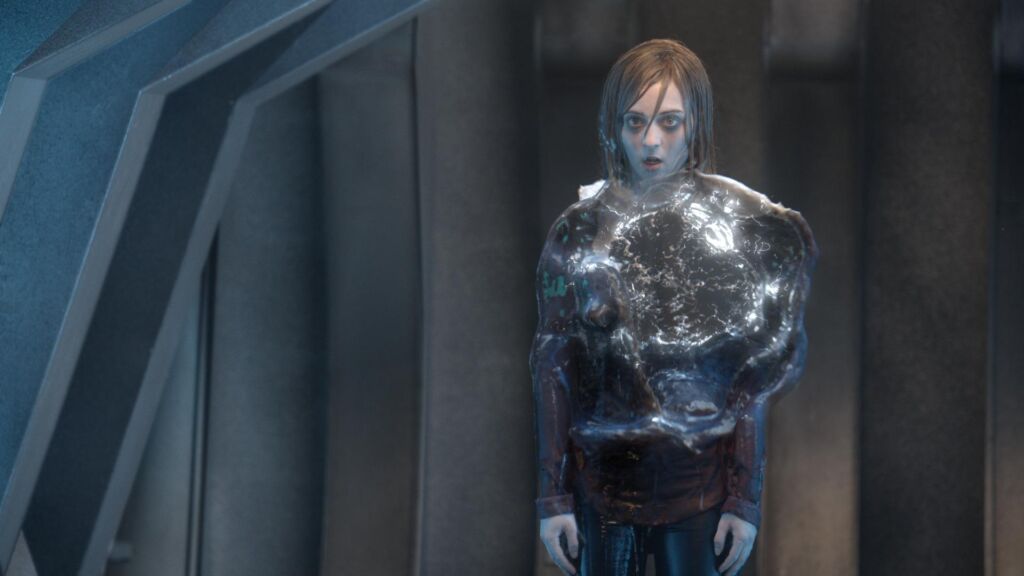
We all made this happen…
This team of amazing people made this happen. Join our lovely community to work on the most exciting projects with our amazing people.
- Murray Barber
- Louise Hastings
- James Reid
- Dan Warder
- Dominic Carus
- Amy Felce
- Henning Glabbart
- Simon Wicker
- Doug Winder
- James Berkley
- Christian Brown
- Rachel Ward
- Bastien Mortelecque
- Darren Byford
- Adrian Williams
- Neil Roche
- Murray Barber
- Louise Hastings
- James Reid
- Dan Warder
- Dominic Carus
- Amy Felce
- Henning Glabbart
- Simon Wicker
- Doug Winder
- James Berkley
- Christian Brown
- Rachel Ward
- Bastien Mortelecque
- Darren Byford
- Adrian Williams
- Neil Roche
- Murray Barber
- Louise Hastings
- James Reid
- Dan Warder
- Dominic Carus
- Amy Felce
- Henning Glabbart
- Simon Wicker
- Doug Winder
- James Berkley
- Christian Brown
- Rachel Ward
- Bastien Mortelecque
- Darren Byford
- Adrian Williams
- Neil Roche
- Murray Barber
- Louise Hastings
- James Reid
- Dan Warder
- Dominic Carus
- Amy Felce
- Henning Glabbart
- Simon Wicker
- Doug Winder
- James Berkley
- Christian Brown
- Rachel Ward
- Bastien Mortelecque
- Darren Byford
- Adrian Williams
- Neil Roche
- Murray Barber
- Louise Hastings
- James Reid
- Dan Warder
- Dominic Carus
- Amy Felce
- Henning Glabbart
- Simon Wicker
- Doug Winder
- James Berkley
- Christian Brown
- Rachel Ward
- Bastien Mortelecque
- Darren Byford
- Adrian Williams
- Neil Roche

